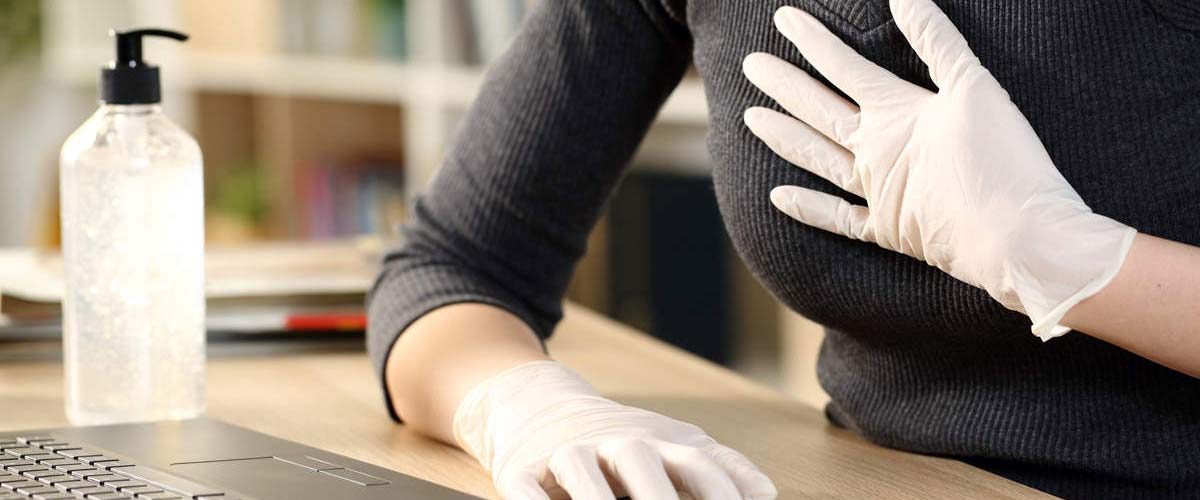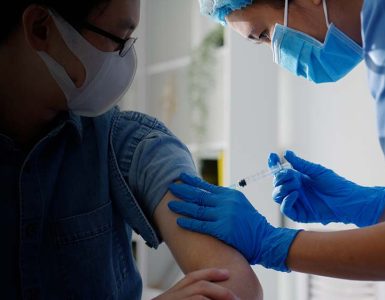A new virus named severe acute respiratory syndrome coronavirus 2 (SARS-CoV-2) was first discovered in Wuhan, China on December, 2019 and the rapid outbreak of this virus incited a panic around the world. SARS-CoV-2 causes coronavirus disease, known as COVID-19 and is responsible for global pandemic and the climbing death toll is staggering. In most countries, including France for clinical screening this disease is characterized by three symptoms which include fever, cough and dyspnea.
According to Zhou et al., 2020 the early descriptive reports of the clinical presentation of the disease resulting from SARS-CoV-2 infection, revealed that one third of patients did not have dyspnea. Guan et al., 2020 reported that shortness of breath has been observed in 18.7% of 1,099 patients hospitalized with COVID-19, many of whom showed an abnormal CT scan (86%) and received supplemental oxygen (41%).
Huang et al., 2020 informed that patients with objective radiographic findings consistent with COVID-19 pneumonia, only 50 % report shortness of breath. Anon, 2020 instructed that patients that become symptomatic are obligated to contact health care provider while asymptomatic patients should isolate at home. COVID-19 is a rapidly evolving disease which can deteriorate patients’ health in the blink of an eye without warning. It has been observed during the initial Wuhan breakdown; particularly in elderly patients that patients develop respiratory failure experienced hypoxemia and hypocapnia without signs of respiratory distress.
International Journal of Infectious Diseases published a novel research to describe and evaluate the outcome of a coronavirus disease-2019 (COVID-19) patient without shortness of breath. The results of this study exhibited that the absence of shortness of breath in an old patient with comorbidity merits medical attention and should not be considered as a good sign of well-being. The poor prognosis of asymptomatic hypoxia, highlight the severity of this mild clinical presentation.
In summation, pulse oximetry is a noninvasive method that is used to measure the oxygen level of blood. In these patients, pulse oximetry is an important mean to predict the outcome along with news score and LDCT scanner. It is suggested that proper understanding and measurement of silent hypoxia in COVID-19 patients will help physicians to diagnose appropriately and manage accordingly.
















Add comment